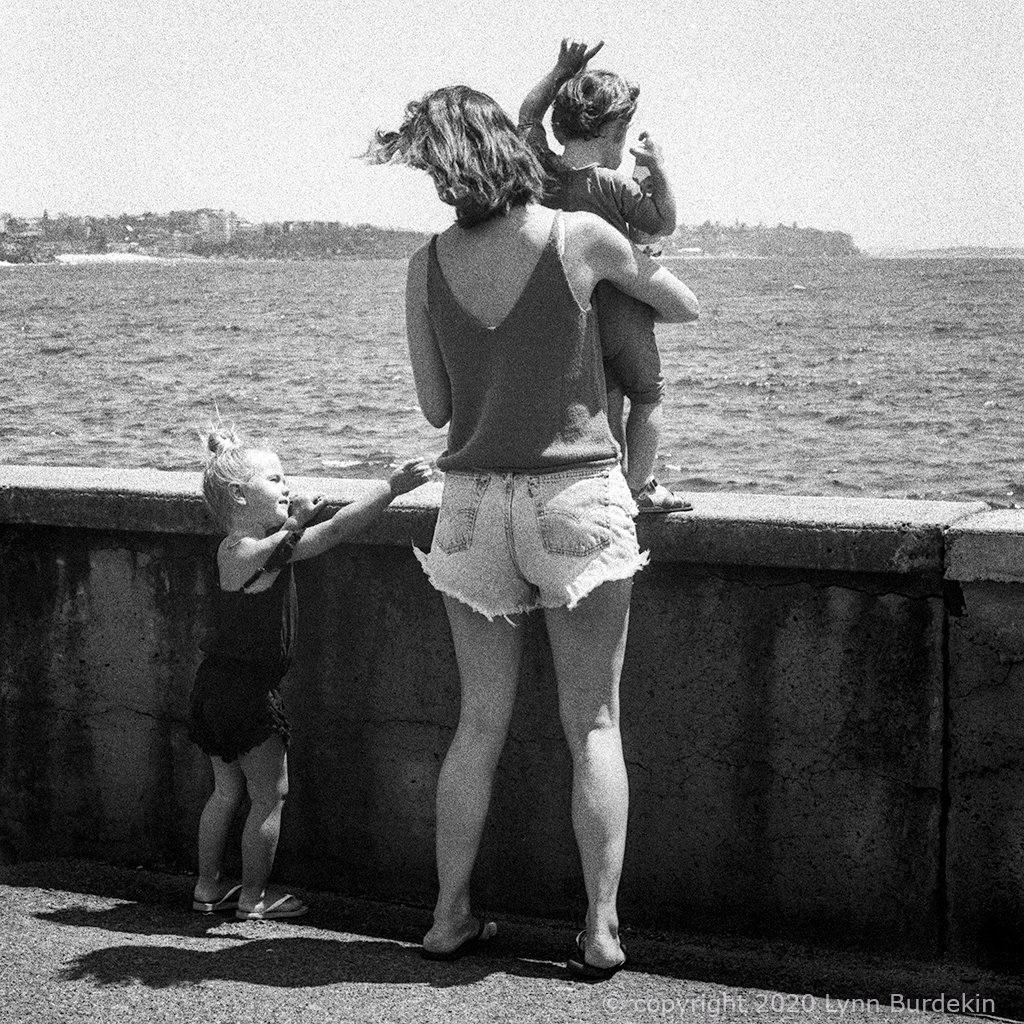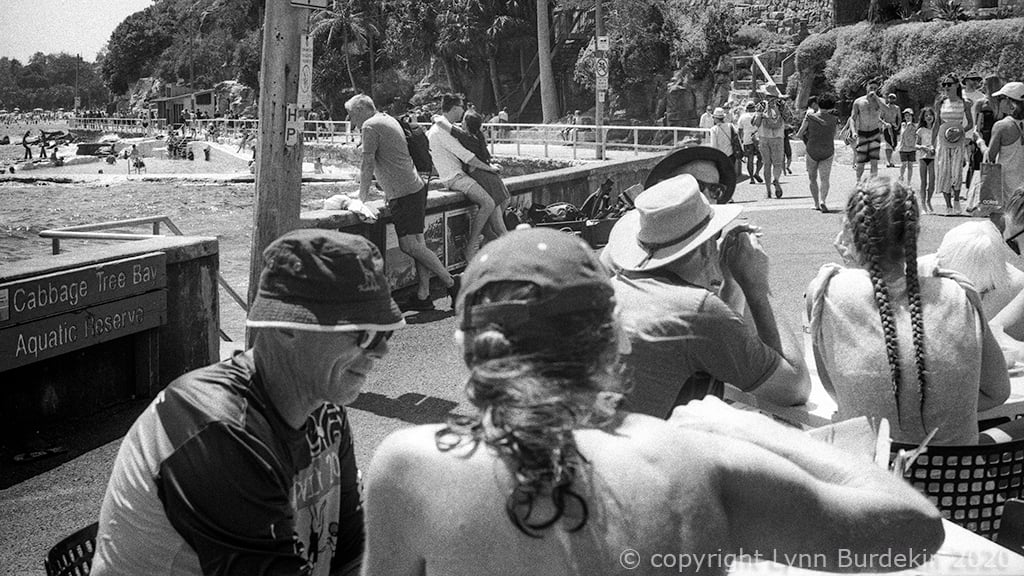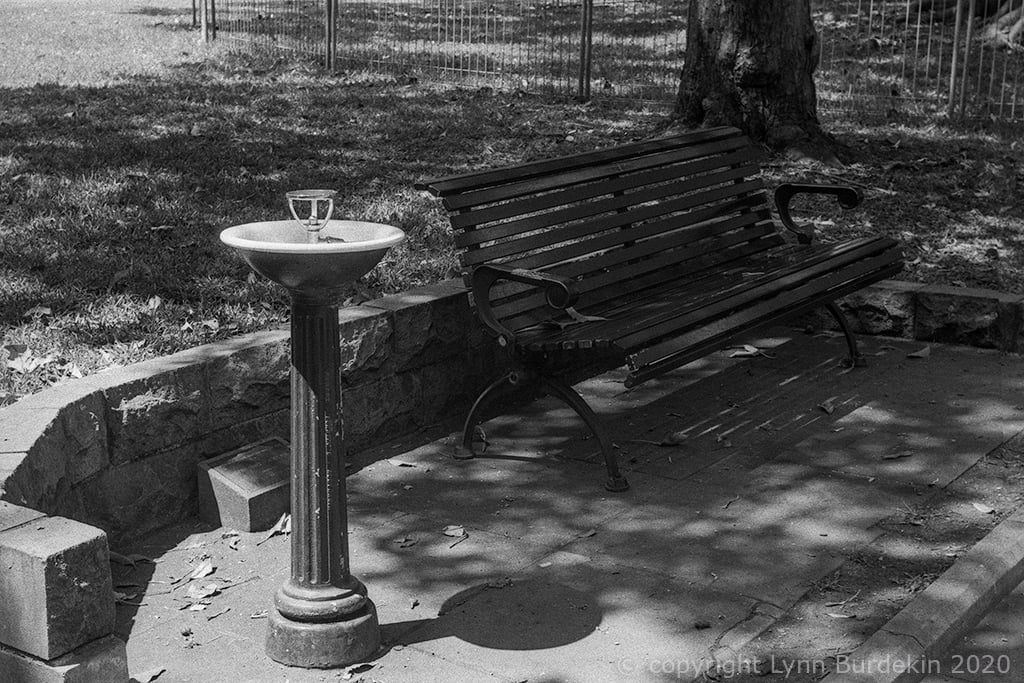Hi Erik,
I remember reading an article about the first version of the 50f/1.4 takumar saying that the way they used a cemented concave element in the design, assured a faster drop of focus as you move out of focus. I remember arguing that this comes at a price of losing sharpness when focusing at infinity. I think Freakscene is up to something when he says that.
I've spend some time looking at the negatives taken with the Pancolar and the Takumar. I think that there is something odd about how the pancolar renders out of focus areas when compared to the plain 55f/2 takumar and I suspect it has to do with image becoming blurry soon after the point of focus.















